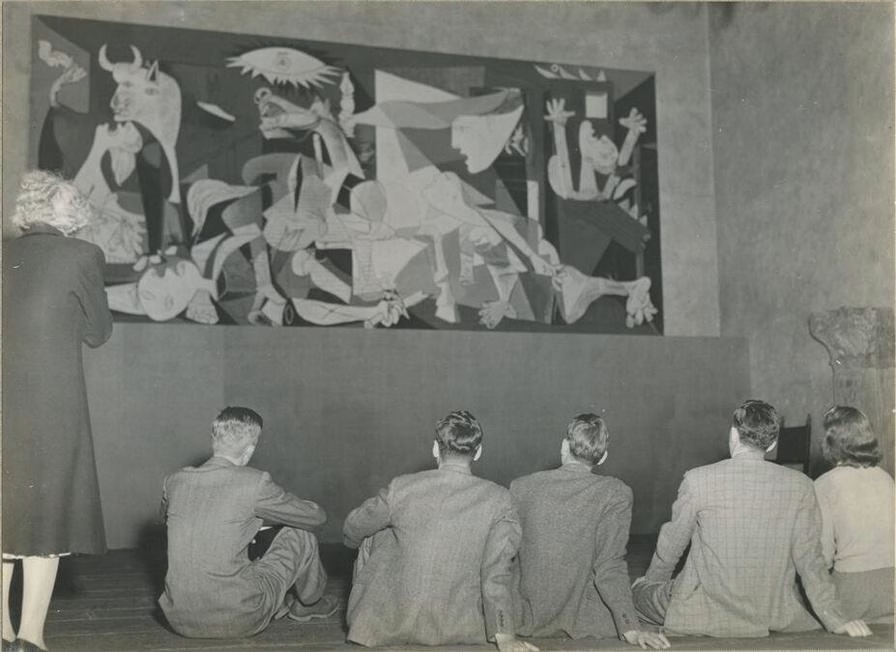
Picasso: War, Combat, and Revolution
Harvard Art Museums' installation "Picasso: War, Combat, and Revolution," which complements the Harvard course World Fairs, focuses on Picasso’s engagement with war, combat and revolution and is on view Saturday, Jan. 20 through Sunday, May 5. The installation explores Picasso's "Guernica’s" core themes, broader imagery of death, issues of desire and capture, political and artistic revolution, struggles of good and evil (represented by matadors, Minotaurs and classical competition mythology) as well as the repressive Spanish dictator Francisco Franco. Among those who faced Franco regime reprisals was Picasso’s friend Josep Rocarol. Book illustrations with African and other subjects (visual “primitivism”) had a seminal influence on Picasso in his early Paris years. These works include "The Barbarian Dance" and "Salomé" from 1905 and his transformative October 1906 figural studies. Studies based on this book imagery were foundational to his revolutionary March 1907 masterpiece "Les Demoiselles d’Avignon," subsequent Cubist interventions and "Guernica" itself.
Pablo Picasso’s painting "Guernica" was commissioned by the Spanish government for the 1937 Paris World’s Fair. It was exhibited in Josep Lluís Sert’s Spanish Pavilion, alongside Joan Miró’s "The Reaper" and other works. Completed in early summer 1937, the massive 11×25 foot painting addresses the devastating Fascist-era aerial bombing of the Basque town of Guernica on April 26, 1937. More broadly, the painting confronts the horrors of war. Learn more about the installation on Harvard Art Museums' website.
